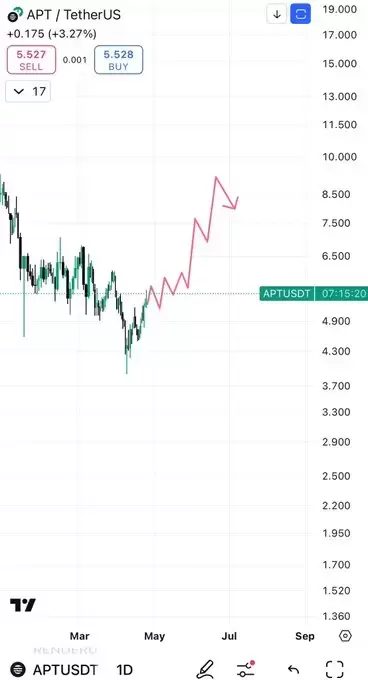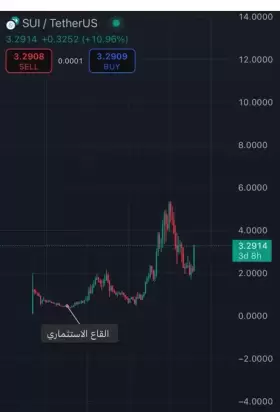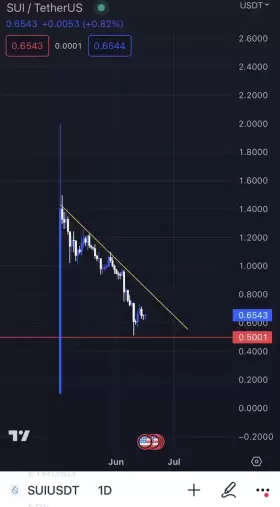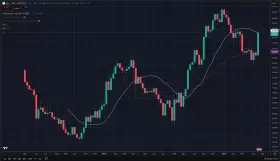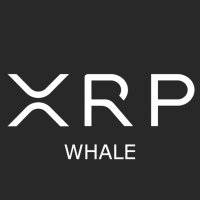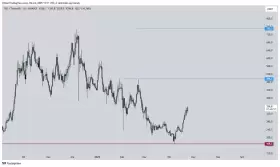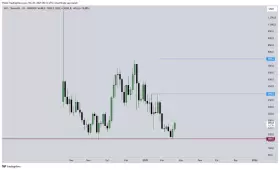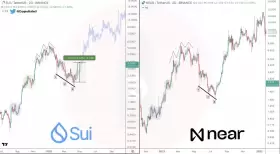Communtity feeds
-

- Twitter source
- Cointelegraph Apr 25, 2025 at 01:10 am
NEW: A whale sold all 630,339 $TRUMP tokens ($5.48M) at $8.70 just hours before the Trump dinner news, making a ~$483K profit. Had he waited, his profit could’ve exceeded $4.5 million.

-

- Twitter source
- Blockchainedbb Apr 25, 2025 at 12:45 am
-

- Twitter source
- حوت العملات الرقمية official Apr 25, 2025 at 12:32 am


-

- Twitter source
- Chris Burniske Apr 25, 2025 at 12:20 am
-


-

- Twitter source
- CryptosRUs Apr 25, 2025 at 12:11 am
-

- Twitter source
- CryptoBullet Apr 25, 2025 at 12:10 am


-
- Twitter source
- {{val.author }} {{val.createtime }}































































